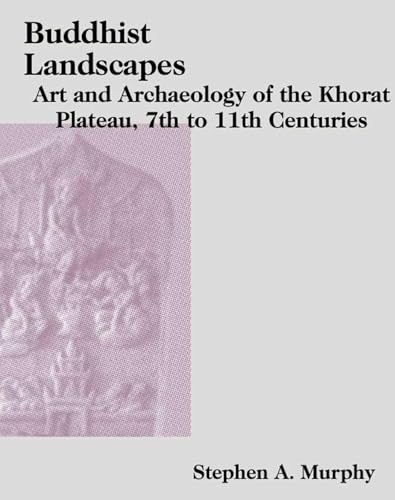Restoration works on the 9th-century Kalibukbuk ‘candi’ (a generic name to denote a monument or shrine) in Bali has recently completed, and is hailed as a symbol of religious tolerance as an ancient Buddhist monument in the predominantly Hindu island. You can read about the Kalibukbuk Candi here (in Indonesian).
(source)
Kalibukbuk Buddhist `candi’, a token of ancient religious harmony
Jakarta Post, 25 May 2009
Rehabilition work on a historic Buddhist candi (temple or monument) in Kalibukbuk village, Buleleng, was finished Sunday as a high-ranking government official and a noted archaeologist both praised it as a landmark of religious tolerance.
“This is a very important lesson for us; the candi shows that the ancient period of our great nation was marked by cultural diversity and religious tolerance,” said Hari Untoro Drajat, the Director General for Ancient History at the Ministry of Culture and Tourism.
…
The Kalibukbuk candi is believed to have been built between the 9th and 10th century, when Buddhism flourished in northern Bali. Scientific projects have been conducted on the candi since 1994 while rehabilitation works began in 2004.
Hari said the Kalibukbuk candi shared several similarities with the Buddhist stupa in Pegulingan, Gianyar. Both are octagonal in shape. Excavations in both sites yield similar stupikas (tiny hollow stupa made of clay). Each fist-sized stupika houses clay seals inscribed with Buddhist invocations.
























